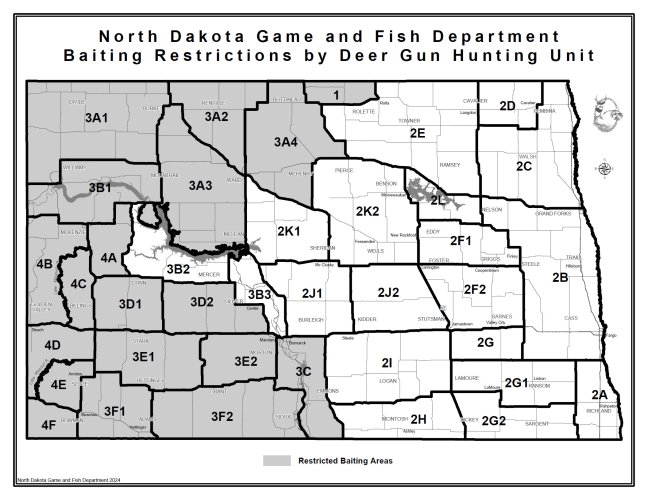If your expectation was that culling or increasing pressure on the populations through harvest, was going to eradicate the disease from the landscape, then it would make sense that you feel it is ineffective and “not working”. This has been hammered out ad nauseam. But it’s worth repeating. It’s essentially been established that once you eclipse 1.8% prevalence within an area, culling and population reduction won’t eradicate it. It can slow growth in prevalence or potentially reduce prevalence. It’s not always as effective as we’d like, and certainly culling efforts that took place 20 years ago were not as effective as they are today.
Edit:
I guess what I’m saying is, when someone says “it’s not working”, that seems like a lazy statement to me. Not working compared to what? How would disease prevalence be if it wasn’t done? If none of the best management practices were followed? You have no baseline because in Illinois and MT, we don’t have a control that shows a direct comparison to identical landscapes that shows current management versus no management. We basically only have Saskatchewan, Kansas, and to some degree Texas, though Wisconsin has been incredibly inconsistent in their approach. But those places have it worse by a metric of time. Compare the 20 yr mark of Sask with Wyoming or CO, and it is worse in every measurable metric.
I wish there was an easy answer to fix this. But region 7 mule deer are down 60% from long term averages yet it is still spreading. What other options do we have besides killing more of them?









